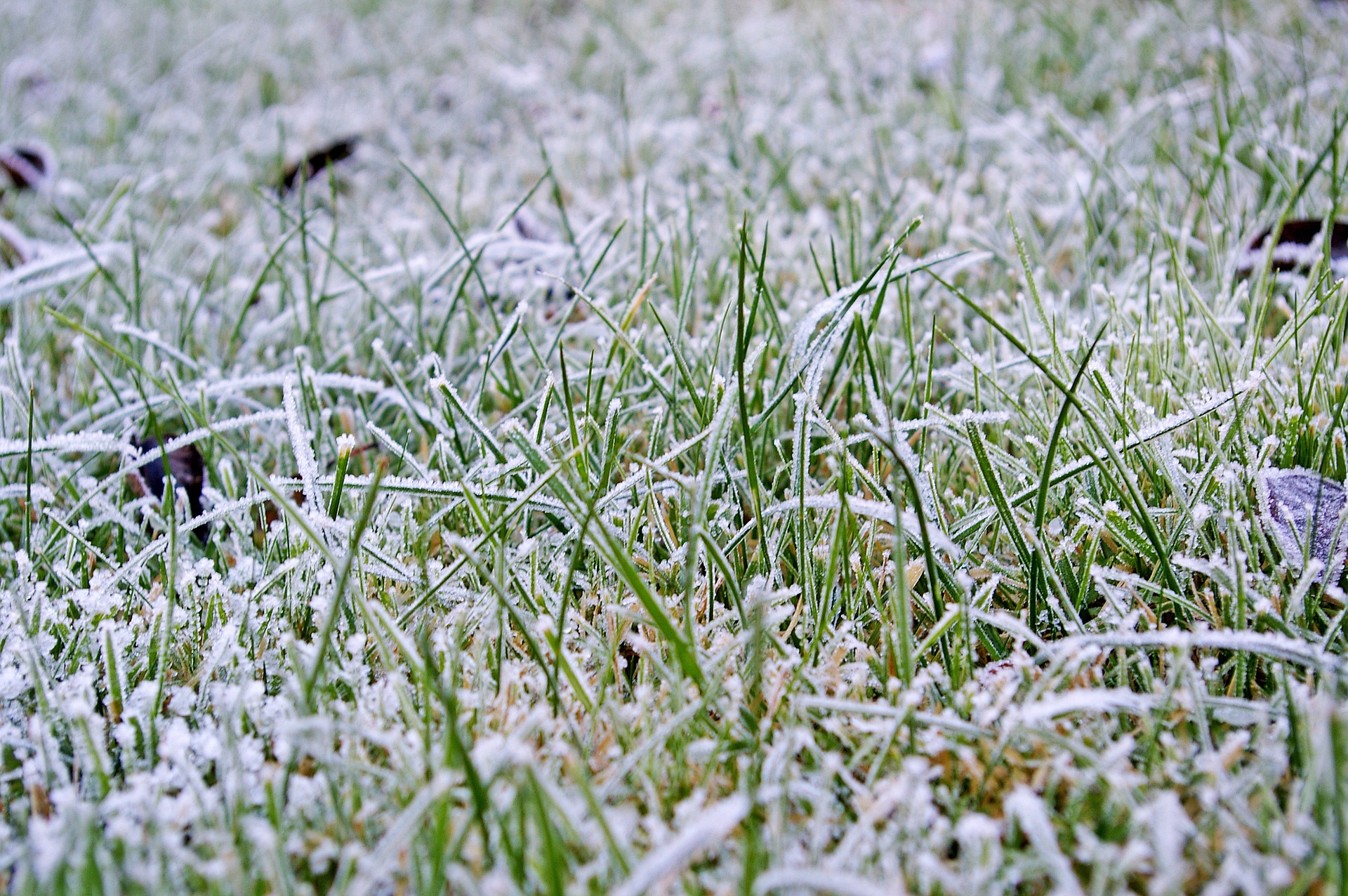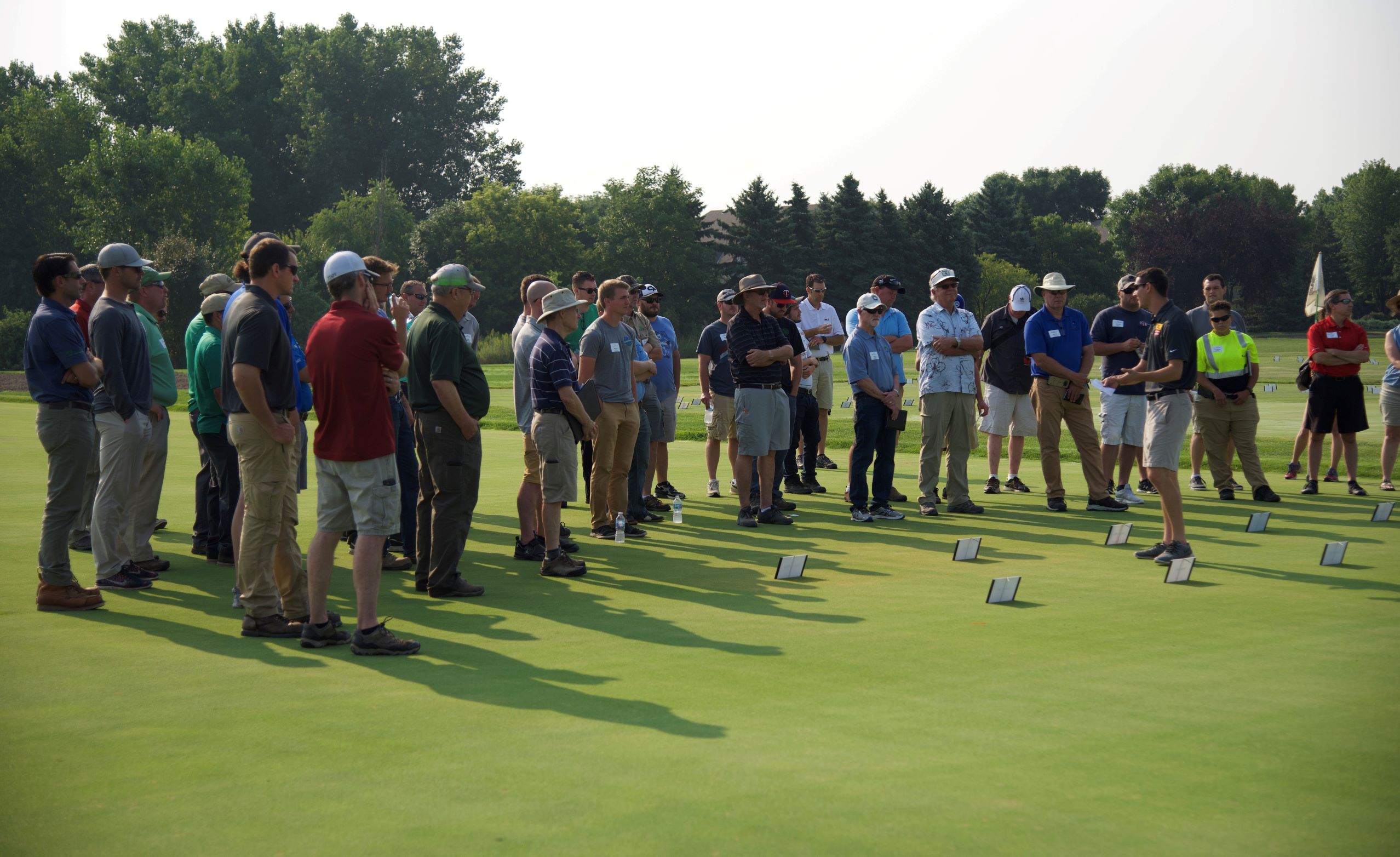Ryan Schwab
Turfgrass Science Team at the 2020 ASA-CSSA-SSSA Virtual Annual Meeting
The Turfgrass Science team from the University of Minnesota gave two presentations and presented two posters at this year’s ASA-CSSA-SSSA Virtual Annual Meeting. Below is a listing of the abstracts, along with links to the poster PDF files.
Video: Winterizing Your Lawn
This video is a recording of a webinar we conducted on September 29, 2020 as part of the Twin Cities Lawn Irrigation Efficiency Study funded by the Metropolitan Council and the Clean Water, Land and Legacy Amendment. We also have a PDF of PowerPoint slides from the presentation.
Next week - final webinar in our Watering Wisdom series!
Please join the Metropolitan Council and the University of Minnesota Turfgrass Science group f
Watering Wisdom Webinar Series
Growing a Healthy Lawn with Less Water
Welcome to our Watering Wisdom: Growing a Healthy Lawn with Less Water webinar series event page. We hosted a free, five-part summer webinar series in the summer of 2020 that focused on turfgrass and irrigation topics to help homeowners have healthier lawns and more efficient irrigation systems. If you are interested in learning more about our work, please watch the recordings below or visit our Irrigation Resources page.
Turfgrass Science Team at the 2019 ASA-CSSA-SSSA Annual Meeting
The Turfgrass Science team from the University of Minnesota was well-represented at this year’s ASA-CSSA-SSSA Annual Meeting held on November 10-13, 2019 in San Antonio, TX. Seven people gave oral presentations and five people presented posters. Additionally, congratulations go to two members of our group who placed in the graduate student oral presentation contests:
Soil surfactants and critical soil moisture content
By Ryan Schwab
Water-repellent soils are one of the challenges faced by golf course superintendents. This phenomenon can cause localized dry spots (Figure 1), which are areas of wilted turfgrass struggling from a rootzone with poor water infiltration, poor water retention, and non-uniform flow of water among other important soil characteristics. The potential or severity of soil water repellency may increase once the soil dries down to a specific level.

